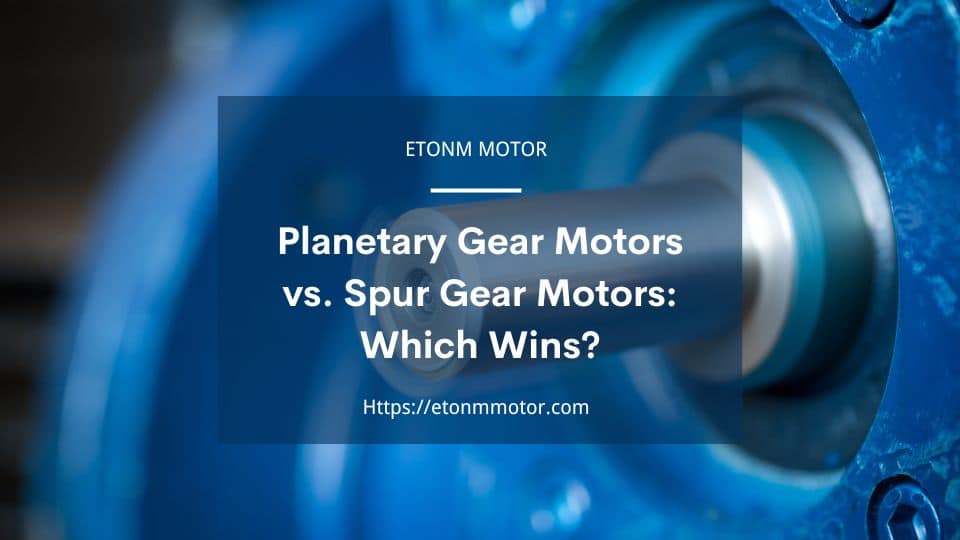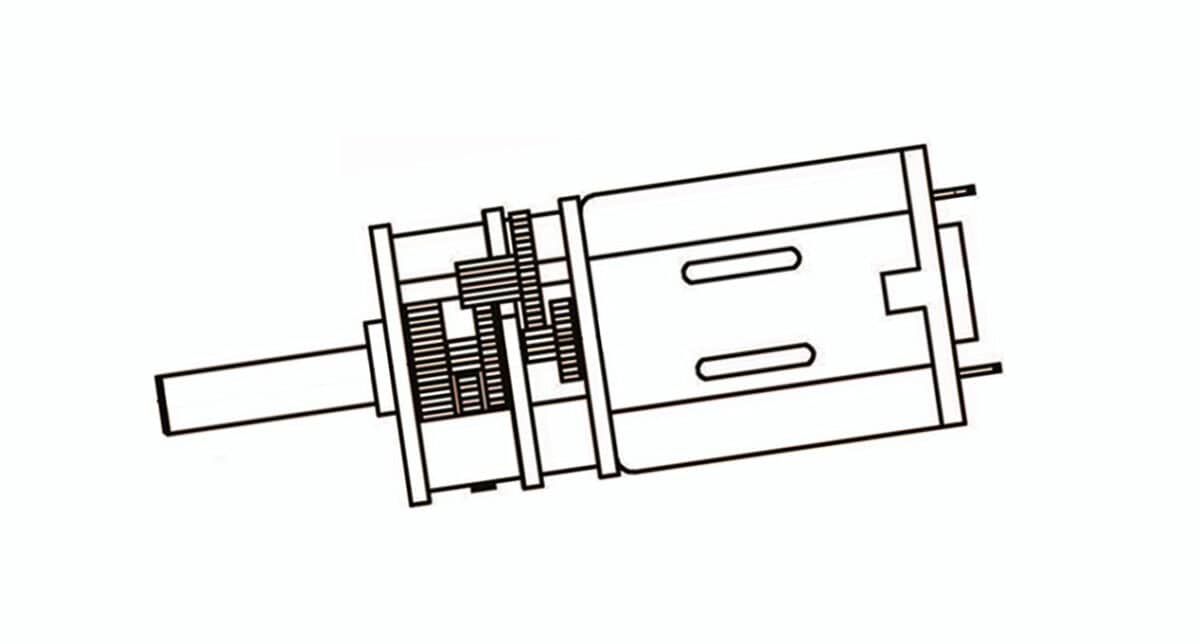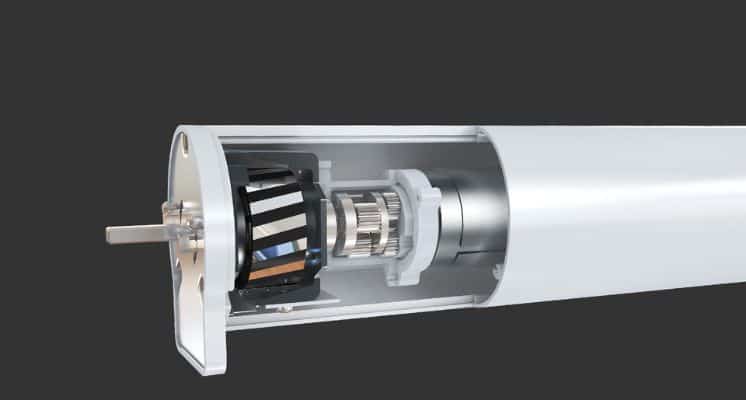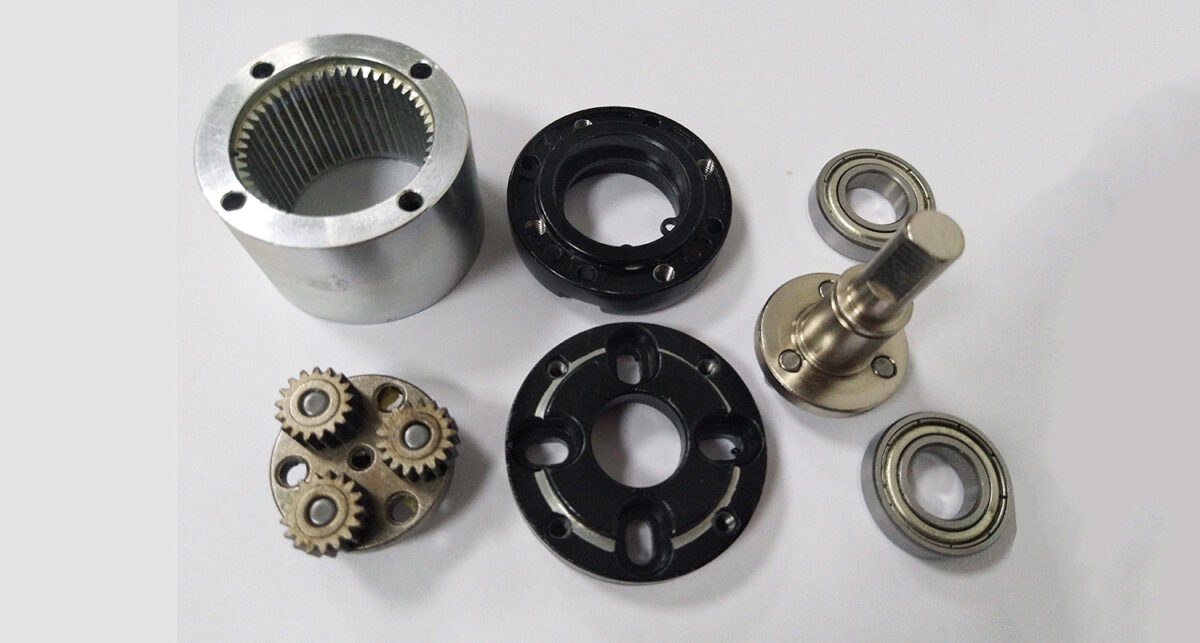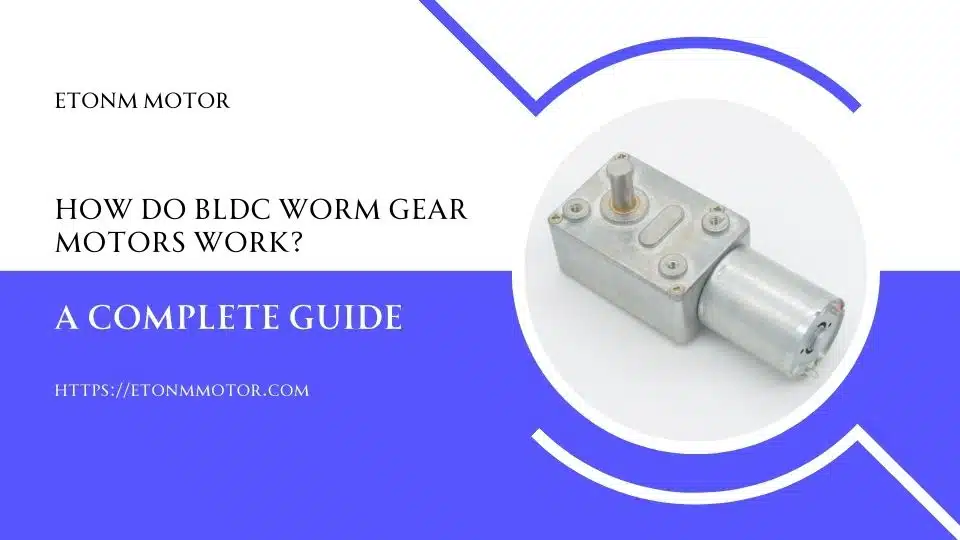Struggling to choose between planetary gear motors and spur gear motors? This in-depth comparison breaks down their design, performance, and applications to help you decide. Discover which motor suits your needs with insights from Etonm Motor.
Table of Contents
Introduction
Ever wondered why some motors can power through tough jobs like a champ while others save your budget without breaking a sweat? If you’re in the market for a gear motor, you’ve likely come across two heavy hitters: planetary gear motors and spur gear motors. They’re like the rockstars of the motor world—each with its own strengths, quirks, and fanbase. But here’s the million-dollar question: Which one’s right for your project? Whether you’re building a sleek robot, a reliable conveyor, or something totally out-of-the-box, picking the perfect motor can make or break your design.
That’s where this guide comes in. We’re diving deep into planetary gear motors vs. spur gear motors, breaking down what makes them tick, where they shine, and how they stack up. With years of crafting custom motors for everything from smart homes to robotics, we at Etonm Motor have seen it all—and we’re here to spill the beans. By the end of this read, you’ll have a clear picture of which motor fits your needs like a glove. So, grab a coffee, and let’s get rolling!
Understanding Planetary Gear Motors
Let’s kick things off with the planetary gear motor—a real powerhouse in the world of motion control. If you’ve ever marveled at a robot arm moving with pinpoint precision or a medical device humming smoothly, chances are a planetary gear motor was behind the scenes. But what makes these motors so special? Let’s peel back the hood and take a closer look.
How They Work
Picture this: a central “sun” gear sits at the heart, surrounded by smaller “planet” gears that spin around it, all tucked inside a sturdy ring gear. It’s like a mini solar system—hence the name! These planet gears mesh with both the sun and the ring, working together to spread the load and crank out serious power. The result? A compact gear motor design that punches way above its weight. This clever setup delivers high torque and smooth operation in a surprisingly small package, making it a go-to for designers who can’t afford to waste space.
Key Benefits
What really sets planetary gear motors apart is their knack for delivering high torque gear motors without breaking a sweat. Thanks to multiple gear contacts, they handle heavy loads like champs while keeping things precise—think of it as teamwork in mechanical form. They’re also tough as nails, built to last in demanding setups. That’s why you’ll spot planetary gear motor applications everywhere, from robotics and aerospace to smart home gadgets and sanitary dispensers. Need a motor that’s small but mighty? This is your guy.
At Etonm Motor, we’ve fine-tuned these beauties for years, customizing them for everything from vending machines to electric valves. They’re not just motors—they’re problem-solvers for when precision and power can’t compromise.
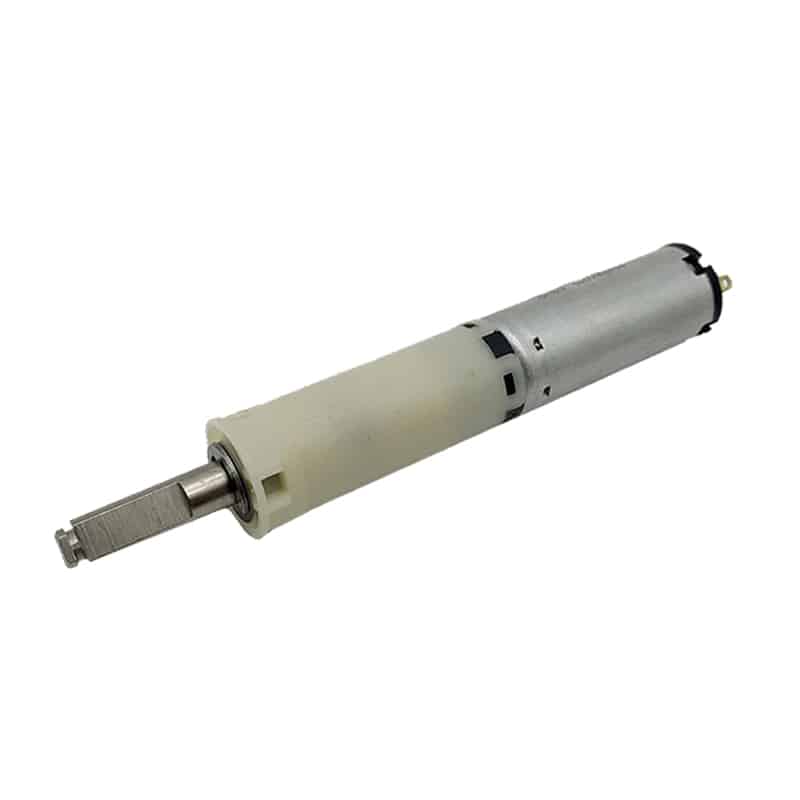
Exploring Spur Gear Motors
Now, let’s shift gears—pun intended—and talk about spur gear motors. These are the unsung heroes of the motor world, quietly keeping things moving without all the fancy bells and whistles. If you’ve got a conveyor belt chugging along or a piece of farm equipment doing its thing, there’s a good chance a spur gear motor is in the driver’s seat. So, what’s their deal? Let’s break it down.
How They Work
Spur gear motors are the straightforward type—no cosmic metaphors needed here. They use gears with straight-cut teeth mounted on parallel shafts. When one gear turns, its teeth mesh with another’s, passing power from shaft to shaft like a well-rehearsed handshake. It’s simple, no-nonsense engineering that gets the job done. Because of this simplicity, they’re easier to build and fix than their planetary cousins, which makes them a favorite for applications where you don’t need a ton of complexity—or a big budget.
Key Benefits
Here’s where spur gear motor advantages really shine: they’re affordable and easy to work with. That straightforward design? It keeps costs down and maintenance a breeze, which is music to the ears of anyone watching their bottom line. They’re perfect for moderate torque and speed needs—think conveyor systems, agricultural gear, or small machinery that doesn’t demand superhero-level strength. At Etonm Motor, we’ve seen these motors become cost-effective gear motor solutions for clients who want reliable performance without breaking the bank. Sure, they might not flex as much muscle as planetary motors, but for the right job, they’re tough to beat.
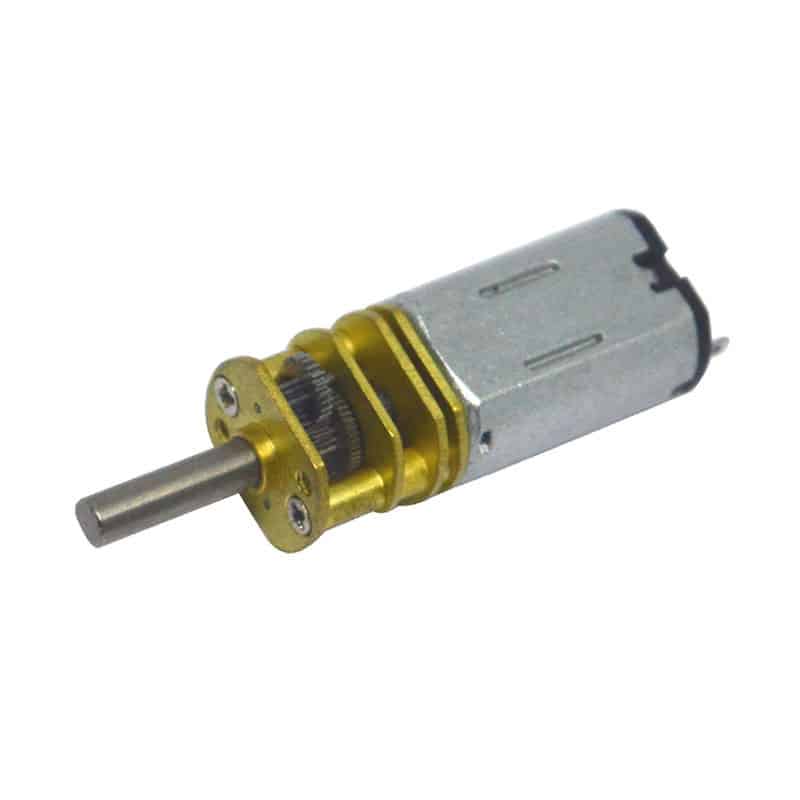
Planetary Gear Motors vs. Spur Gear Motors: Head-to-Head
Alright, it’s time for the main event: planetary gear motors vs. spur gear motors, toe-to-toe. These two might seem like apples and oranges at first, but when you dig into the details—torque, efficiency, noise, and cost—they each show their true colors. Whether you’re tweaking a robot or rigging up a conveyor, knowing how they stack up can save you headaches (and cash). Let’s dive into the nitty-gritty.
Torque and Load Capacity
If torque is your game, planetary gear motors are the MVPs. Thanks to their multi-gear teamwork—sun, planet, and ring all pitching in—they churn out high torque gear motors that can handle heavy loads like it’s no big deal. The load gets spread across multiple gears, keeping things balanced and steady. Spur gear motors? They’re more of a solo act. With just one gear pair meshing at a time, their torque is solid but limited—think of it like a single strongman vs. a whole lifting crew. For heavy-duty jobs, planetary wins hands down.
Efficiency and Speed
When it comes to gear motor efficiency comparison, it’s a bit of a toss-up. Spur gear motors take the lead in simple, light-load setups—fewer moving parts mean less friction and higher efficiency. They’re zippy for moderate speeds too. Planetary motors, though, trade a little efficiency for their complex design, especially with high reduction ratios. They shine when you need slow, powerful output in a tight space—like a marathon runner pacing for the long haul, not a sprinter. Choose based on your speed vs. power vibe.
Noise and Durability
Nobody likes a noisy neighbor, and motors are no exception. Planetary gear motors keep it hush-hush, thanks to their balanced load distribution—less rattling, more purring. They’re also built like tanks, standing up to tough conditions over time. Spur motors, bless their hearts, can get a bit chatty at high speeds, and their simpler build wears faster under stress. If quiet and longevity matter, planetary’s your pick; if not, spur’s simplicity still holds its own.
Cost Considerations
Let’s talk money. Spur gear motors are the wallet-friendly choice upfront—their straightforward design makes them cheaper to produce, perfect for cost-effective gear motor solutions. Planetary motors, with their precision engineering, cost more out the gate but pay off in high-performance scenarios. A quick stat: planetary motors can deliver up to 3x the torque per size compared to spur, according to Gear Technology [external link: GearTechnology.com]. So, it’s short-term savings vs. long-term value—your call!
When to Choose Each Motor Type
So, you’ve got the lowdown on how planetary and spur gear motors stack up—now it’s decision time. Picking the right one isn’t about which motor’s “better” overall; it’s about what your project needs to hum along smoothly. Whether you’re chasing torque, pinching pennies, or juggling space constraints, here’s when each shines, straight from our playbook at Etonm Motor.
Go Planetary for These Scenarios
Planetary gear motors are your go-to when the stakes are high. Need serious torque? Think industrial machinery, automotive systems, or choosing gear motors for robotics—these motors deliver the muscle without blinking. Space tight? Their compact design makes them perfect for sleek medical gadgets or drones where every inch counts. Precision’s another big win—planetary gear motor applications like CNC machines or smart home valves thrive on their steady, accurate control. If your setup demands power and finesse, planetary’s got your back.
Stick with Spur for These Cases
On the flip side, spur gear motors are the champs of simplicity and savings. Got a budget-conscious project? Their no-frills design keeps costs low, making them ideal for light-duty tasks like conveyor belts or small vending machines. They’re also great for moderate torque and speed needs—think agricultural gear or basic automation where overkill isn’t the goal. Plus, if something goes wonky, they’re a breeze to fix. For straightforward reliability without the price tag, spur’s your trusty sidekick.
Case Study: Real-World Picks
Here’s a quick peek at how we’ve matched motors to missions at Etonm Motor. A client came to us needing a motor for a high-precision robotic arm—tight space, big torque demands. We hooked them up with a custom planetary gear motor, and it’s been lifting like a pro ever since. Another client needed motors for a warehouse conveyor system—nothing fancy, just steady and cheap. A spur gear motor fit the bill, saving them cash without a hitch. Two jobs, two winners, all thanks to picking the right tool for the task.
Conclusion
So, there you have it—the showdown of planetary gear motors vs. spur gear motors in all its glory. It really boils down to this: planetary motors bring the heavy-hitting torque and precision for when your project needs a powerhouse, while spur motors keep things simple and wallet-friendly for the everyday grind. Neither’s the “winner” in every scenario—it’s all about matching the motor to your mission. At Etonm Motor, we’ve seen both types shine in the right setting, from robotics that demand finesse to conveyors that just need to keep rolling.
Not sure which way to lean? Don’t sweat it. Drop us a line for custom advice—we’re here to help you nail it. Ready to power up your next big idea? Let’s make it happen together!
Related Reading
- Gear Motor vs DC Motor vs Stepper Motor: Key Differences
- Helical Worm Gear Motor vs. Worm Gear Stepper Motor
- Spur Gear Motor vs. Worm Gear Motor: Which Is Best?
- Planetary Gearbox Explained: How It Works
- Gear Motor Types and Applications Explained
- What Is a Gear Motor? Benefits and Uses by Etonm Motor
- How to Choose the Right Brushless Gear Motor for Your Application
- How to Choose the Right Planetary Gear Motor for Your Application
- What is a Planetary Gear Motor?
- What is a Worm Gear Motor? The Ultimate Guide to Its Applications and Benefits
- Advantages of Planetary Gear Motors
- Introduction of Planetary Gear Motor for Robot

